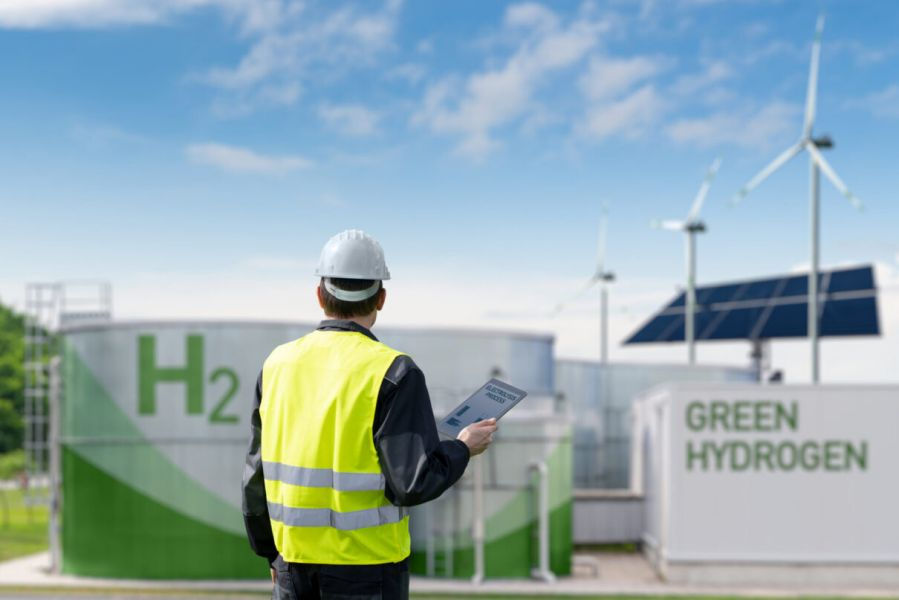Core Challenges Facing the Green Hydrogen Economy
- 逸风 黄
- Sep 23
- 3 min read
The green hydrogen economy faces two fundamental hurdles: cost competitiveness and market mechanisms. This section explores the root causes of high production costs in water electrolysis—namely electricity costs, capital expenditure (CAPEX), and operational expenditure (OPEX)—and reveals infrastructure investment gaps, market feasibility barriers, and demand-side bottlenecks. Only by overcoming these economic constraints can the hydrogen industry scale up effectively.

1. ⚡ High Production Costs
Green hydrogen is primarily produced using PEM (Proton Exchange Membrane) or alkaline electrolyzers, powered by renewable sources like wind or solar PV. The levelized cost of green hydrogen varies significantly by region, technology, and electricity price:
Energy Source | Cost Range (USD/kg H₂) |
Onshore Wind | 3.9–12.8 |
Offshore Wind | 5.1–12.8 |
Solar PV | 4.0–12.0 |
Grey Hydrogen (Natural Gas) | 1.6–6.4 |
The cost gap is driven by electricity prices, CAPEX, and OPEX. Although solar and wind costs are falling rapidly (e.g., China's PV prices now reach ¥0.15–0.2/kWh), green hydrogen remains more expensive than fossil-based alternatives.
2. 🔌 Electricity Cost
Electricity is the largest cost component, accounting for 47–78% of total hydrogen production cost. Energy consumption varies by technology:
PEM: ~57 kWh/kg H₂
AWE: ~50–55 kWh/kg H₂
SOEC: ~40–45 kWh/kg H₂
At global electricity prices of $0.03–0.10/kWh:
PEM: $1.71–5.70/kg H₂
AWE: $1.60–5.30/kg H₂
SOEC: $1.30–4.30/kg H₂
In regions like MENA, where solar electricity can cost as low as $0.02/kWh, production costs drop to $1.05–1.14/kg H₂. Projects like NEOM in Saudi Arabia aim for $1.50/kg H₂. Similarly, Australia’s Asian Renewable Energy Hub targets $2.00–2.50/kg H₂.
3. 🏗️ Capital Expenditure (CAPEX)
CAPEX includes electrolyzer stacks, balance of plant (BoP), and installation. For systems up to 100 MW:
Total installed cost: $1,666–1,970/kW
CAPEX adds $1.36–3.96/kg H₂ to production cost
CAPEX accounts for 27–40% of total cost
PEM systems are more expensive due to platinum group metals (PGMs) and titanium bipolar plates. In contrast, AWE systems use cheaper nickel electrodes, making them more cost-effective.
4. 🔧 Operational Expenditure (OPEX)
OPEX includes maintenance, labor, and component replacement, contributing 2–10% of levelized cost. PEM systems require regular replacement of membranes and catalysts. Improving durability and efficiency is key to reducing OPEX.
5. 🏭 Infrastructure Investment
Building a hydrogen economy requires massive investment in:
Large-scale production hubs
Hydrogen distribution networks
Industrial parks
A 100 MW electrolyzer facility may cost $50–180 million. Hydrogen refueling stations cost $1–2 million each. Most green hydrogen will likely serve industrial sectors (e.g., ammonia, steel, energy storage) rather than passenger vehicles. Integration into methanol and ammonia production faces logistical and financial challenges.
6. 📉 Market Feasibility & Scalability
Without strong financial support, green hydrogen struggles to compete with fossil-based hydrogen. Over $1.3 trillion in global subsidies may be needed to realize announced projects. Yet, only 7% of announced capacity has been implemented. Gaps in permitting, financing, and supply chains persist.
Unlike renewable electricity markets with PPAs, hydrogen lacks standardized Hydrogen Purchase Agreements (HPAs). Heavy industries like steel and ammonia are promising users, but few have committed to long-term contracts.
7. 📦 Demand-Side Constraints
Global hydrogen demand (~100 million tons/year in 2024) is dominated by ammonia and refining. Emerging sectors—steelmaking, long-haul transport, shipping, and power—are still nascent. Lack of long-term offtake agreements deters investment.
Initiatives like Germany’s H2Global aim to bridge supply-demand gaps. Industrial clusters (e.g., steel mills, refineries, ports) can create localized hydrogen demand centers. Incorporating hydrogen into national decarbonization roadmaps is essential for visibility and long-term market development.
🔗 Learn More
Explore industrial hydrogen generator solutions at Hovogen’s official site and Hydrogen Calculator.
📚 References
Let me know if you'd like this turned into a white paper, infographic, or executive summary—I’d be happy to help.







Comments